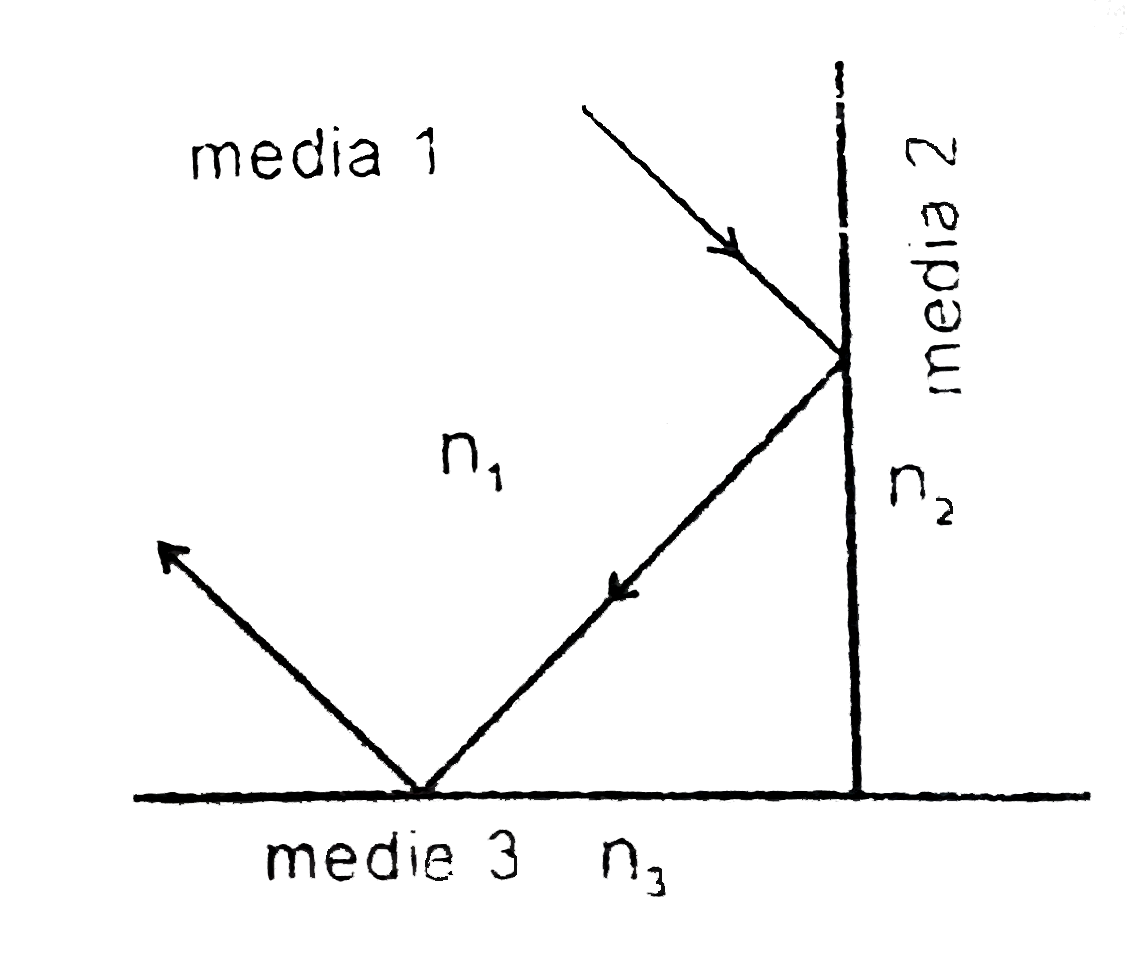Sac fungi which contaminate culture media and is also referred as ''laboratory weed'' is :
Claviceps purpurea
Aspergillus niger
Neurospora crassa
Penicillium chrysogenum
The correct Answer is:B
To solve the question regarding the sac fungi that contaminate culture media and is referred to as "laboratory weed," we can follow these steps:
1. Identify the Class of Fungi: The question specifies "sac fungi," which belong to the class Ascomycetes. This is important to narrow down the options provided.
2. Review the Options: The options given are:
- Claviceps
- Aspergillus niger
- Neurospora crassa
- Penicillium chrysogenum
3. Analyze Each Option:
- Claviceps: Known for causing plant diseases like ergot of rye; does not contaminate culture media.
- Aspergillus niger: A common mold that is found everywhere and is known to contaminate culture media. It is often referred to as a "laboratory weed" due to its prevalence.
- Neurospora crassa: Used primarily in research for biochemical and genetic studies, not known for contaminating culture media.
- Penicillium chrysogenum: Known for producing the antibiotic penicillin, but not primarily recognized as a contaminant in culture media.
4. Determine the Correct Answer: Based on the analysis, Aspergillus niger is the fungus that fits the description of contaminating culture media and is referred to as a "laboratory weed."
5. Final Answer: Therefore, the correct answer to the question is Aspergillus niger.
- Claviceps
- Aspergillus niger
- Neurospora crassa
- Penicillium chrysogenum
- Claviceps: Known for causing plant diseases like ergot of rye; does not contaminate culture media.
- Aspergillus niger: A common mold that is found everywhere and is known to contaminate culture media. It is often referred to as a "laboratory weed" due to its prevalence.
- Neurospora crassa: Used primarily in research for biochemical and genetic studies, not known for contaminating culture media.
- Penicillium chrysogenum: Known for producing the antibiotic penicillin, but not primarily recognized as a contaminant in culture media.
Topper's Solved these Questions
Similar Questions
Knowledge Check
A scientist was studying the production of a protein that was released by an animal cell into a culture medium, she found that the protein only appeared in the culture medium after the added a few drops of a hormone to the cell. Before adding the hormone, she labelled the protein inside the cell with a fluorescent dye and looked at the cell under the lgiht microscope. The dye was seen in flattened sheets and tube. like structures throughout the cell, and in stacks of flattened sac-like structures. after adding the hormone, the dye was aslo seen as small dots clustered against the cell membrane, Which statement most likely explains these observations?
AThe hormone stimulates protein synthesis in the cell vacuole, the protein is then passed to the Golgi apparatus, and eventually passess through the cell membrane by passive diffusion.BThe hormone triggers the synthesis of the protein in the endoplasmic reticulum and it is then secreted outside of the cell via channel proteins in the cell membraneCThe protein is made in the endoplasmic reticulum, is passed to the Golgi appartus and is secreted through hormone-stimulated exocytosis.DThe protein is made in the Golgi apparatus, is passed to the endoplasmic recticulum and is secreted through hormone-stimulated pinocytosis.Which of the following is referred to as the world's most problematic aquatic weed?
AAbelmoschus esculentusBEichhornia crassipesCParthenium hysterophorusDPlanktonic algae
The culture medium nutrient medium can be referred to as a highly enriched laboratory solid. Justify the statement
View SolutionThe fungi which are used to produce the product which is also the first stable product of TCA cycle belongs to
View SolutionAssertion : Cultural eutrophication is nutrient enrichment of water bodies due to human activities like passage of sewage, industrial effluents, etc.
Reason : The prime contaminants from sewage and industrial effluents are nitrates and phosphates, which act as plant nutrients and overstimulate the growth of algae.
View SolutionThe vector also have one unique recognition site to enable foreign DNA to be inserted into the vector during the generation of an rDNA molecule. Most of the commonly used vectors contains unique recognition sites region of DNA which is referred to as a polylinker or multiple cloning site (MCS). An MCS provides:
View SolutionIn the diagram shown, light is incident on the interface between media 1 (refractive index n1) and 2 (refractive index n2) at angle slightly greater than the critical angle, and is totally reflected. The light is then also totally reflected at the interface between media 1 and 3 (refractive index n3), after which it travels in a direction opposite to its initial direction, The media must have a refractive indices such that.
 .
.
View SolutionA resonance tube is old and has jagged end. It is still used in the laboratory to determine. Velocity of sound in air. A tuning fork of frequency 512Hz produces first resonance when the tube is filled with wtaer to a mark 11 cm below a reference mark, near the open end of the tube. the experiment is repeated with another fork of frequency 256Hz which produces first resonance when water reaches a mark 27cm below the reference mark. the velocity of sound in air, obtained in the experiment, is close to :
View Solution